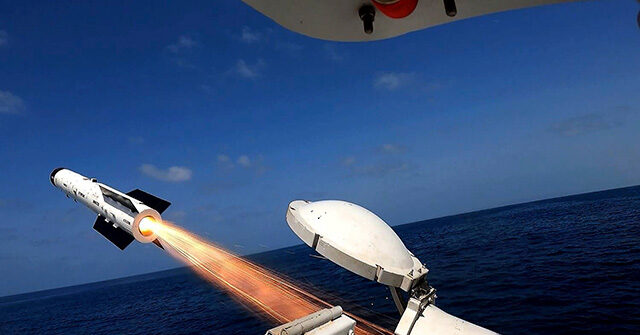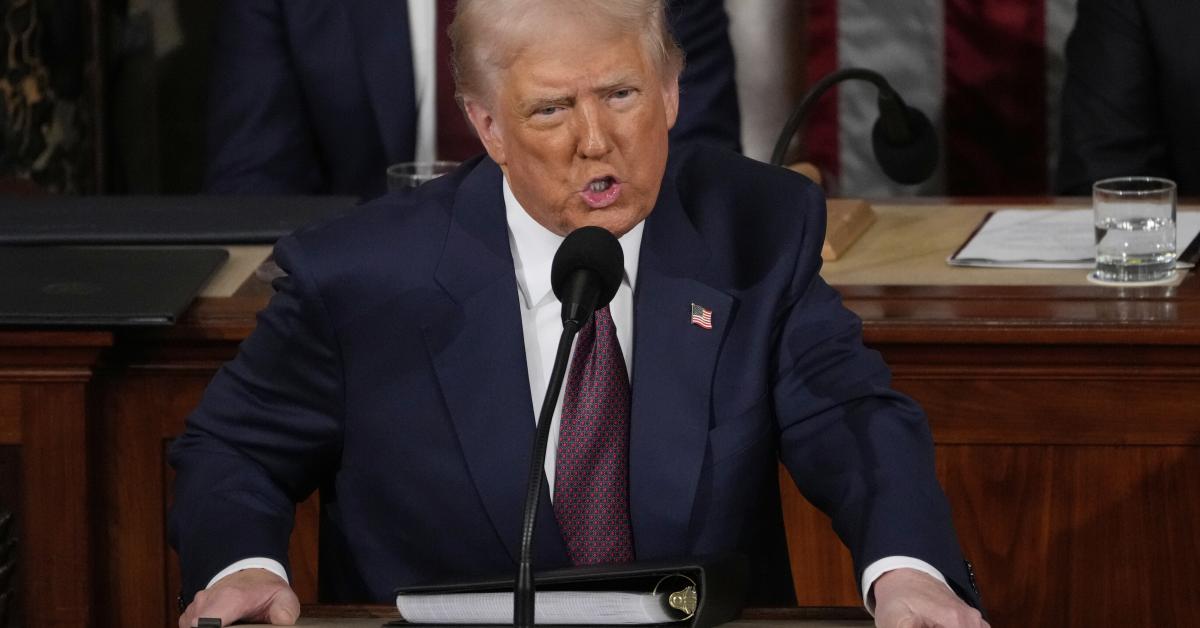Iran is moving forward with its secretive efforts to develop long-range nuclear warheads, as revealed by the National Council of Resistance of Iran (NCRI). This development uses Iran’s space program as a cover, according to new intelligence. The NCRI, an opposition group, held a press conference in Washington, DC, to disclose these findings.
Alireza Jafarzadeh, the deputy director of NCRI’s U.S. office, shared details about Tehran’s nuclear aspirations. He stated, “Now what we have found out and we’re releasing today is that the Iran regime has been covertly developing nuclear warheads in a site known as the Shahrud missile site — it’s a known site but not for this purpose.” The primary aim of this program is reportedly to mount a nuclear warhead on a missile with a range exceeding 3,000 kilometers.
The intelligence provided by the People’s Mojahedin Organization of Iran (MEK) pinpoints two significant sites: Shahrud and Semnan. The Shahrud Missile Site is about 250 miles northeast of Tehran and is used for developing nuclear warheads. Meanwhile, the Semnan Missile Site, located 135 miles east of Tehran, focuses on underground tests vital for nuclear warhead detonation.
Jafarzadeh identifies the Organization for Advanced Defense Research (SPND) as the lead agency in Iran’s nuclear development. He explained, “SPND now has a very large-scale personnel and organization and operations at the Shahrud site.” Various experts are collaborating on different aspects related to nuclear weaponization.
Satellite images of the Shahrud site reveal its extensive security measures, including missile storage buildings and underground tunnels. Jafarzadeh detailed these security protocols, including a warning sign before reaching the site that reads “military zone and hunting is prohibited.” Workers at the site are transported via buses and private vehicles but must switch to shuttles upon entering the base.
The history of the Shahrud site dates back to its selection in 2009 by IRGC Brig. Gen. Hassan Tehrani Moghaddam. After Moghaddam’s death in a missile test explosion in 2011, Brig. Gen. Ali Jafarabadi took over the project, continuing the development of the Ghaem-100 missile designed for nuclear warheads. Iran has disguised this operation as a space initiative.
Jafarzadeh highlighted that Iran claims to be working on a communication satellite as a cover for its activities. However, the NCRI suggests this “space initiative” allows for both nuclear warhead development and the advancement of satellite communications crucial for missile guidance. The Semnan site plays a pivotal role in underground nuclear tests.
The Semnan facility, primarily underground, has seen significant expansion reportedly facilitated by Shams Omran Engineering Company. Jafarzadeh mentioned SPND’s Geophysics Group as instrumental in Semnan’s tests, focusing on “high explosive detonation measurements.” This site also works on the liquid-fuel Simorgh missile, based on North Korean designs.
Jafarzadeh shared insights from an internal regime memo indicating Iran’s strategy to delay diplomatic talks to advance its weapons program. He noted, “The regime is trying to buy time through negotiating with European countries and even indirectly with the US government.” The memo reveals concerns about potential UN actions and plans to extend the current situation.
When asked about Iran’s threat to exit the Nuclear Non-Proliferation Treaty, Jafarzadeh stressed the need to halt Iran’s nuclear ambitions. He argued that the nuclear program is not in the interest of Iranian citizens but serves the regime’s power. He cautioned against repeating past errors, as seen with the 2002 Natanz revelation and the 2015 nuclear deal.
Jafarzadeh emphasized that U.S. policies should focus on dismantling Iran’s nuclear program completely. He said, “None of these sites that they have are justified under any circumstances.” He drew parallels with the dismantling of nuclear programs in Libya and South Africa through external pressure.
He argued that Iran’s nuclear goals cannot be curtailed as long as the current regime persists. Jafarzadeh stated, “If that’s the case, then honestly speaking, there’s only one sure way left to end that — and that’s ending the rule of the Ayatollah.” The NCRI called for decisive action from the international community.
The NCRI proposed a three-step action plan for the international community. They urged the reinstatement of UN Security Council resolutions and the activation of the snapback mechanism. Moreover, they called for the shutdown of all nuclear-related sites and full access for the International Atomic Energy Agency (IAEA).
Additionally, the NCRI emphasized the need for strict consequences for any violations. They warned that diplomatic efforts without accountability only encourage Tehran. The looming expiration of nuclear restrictions underscores the urgency of these measures.



